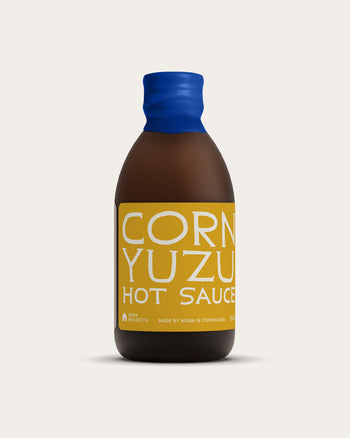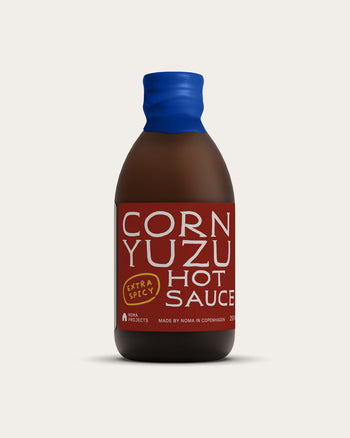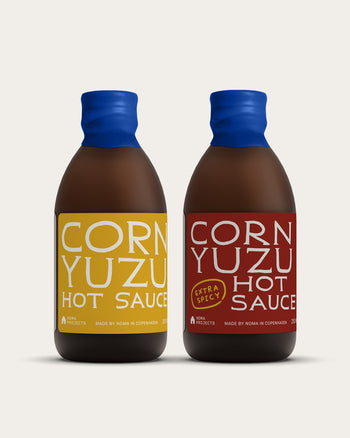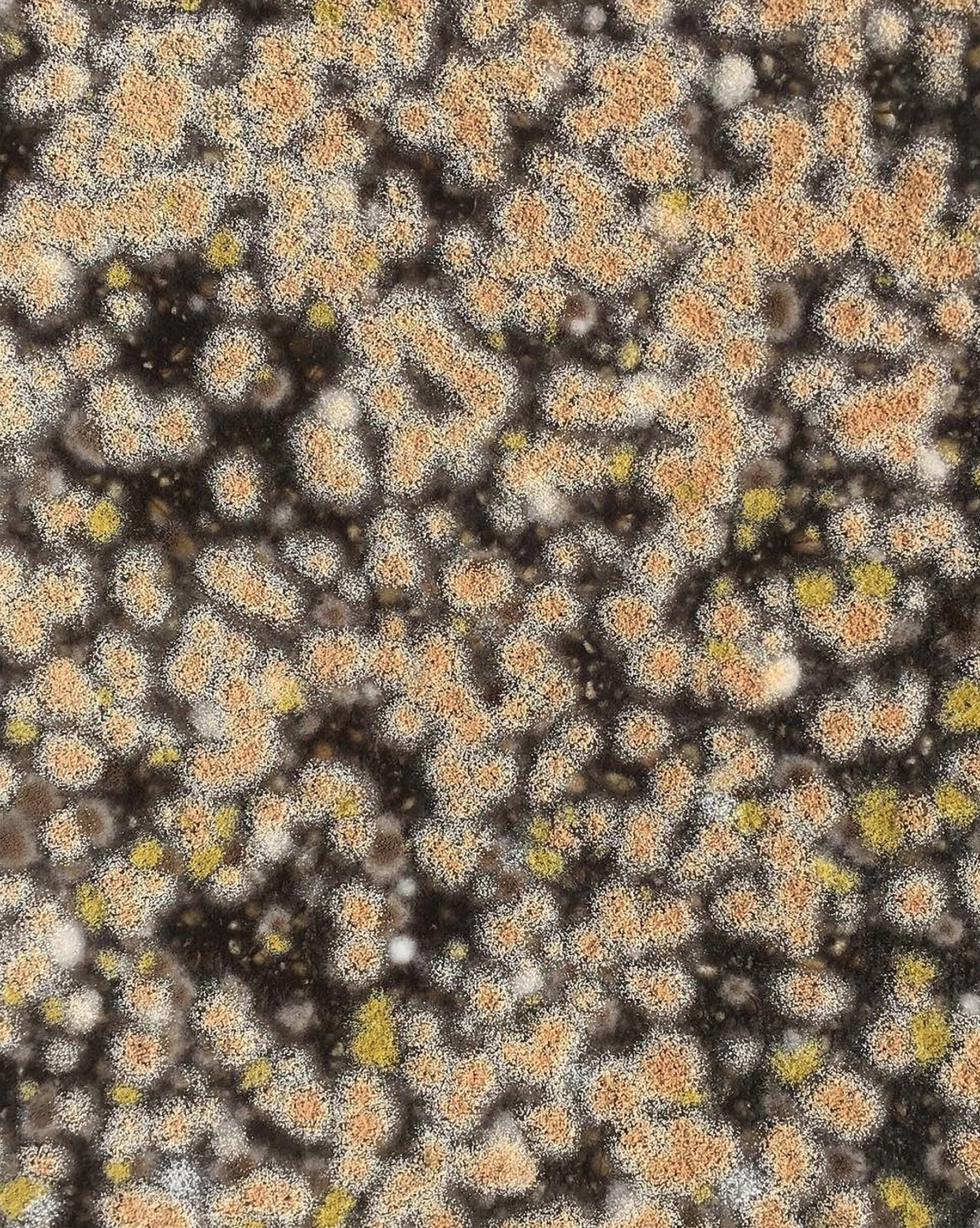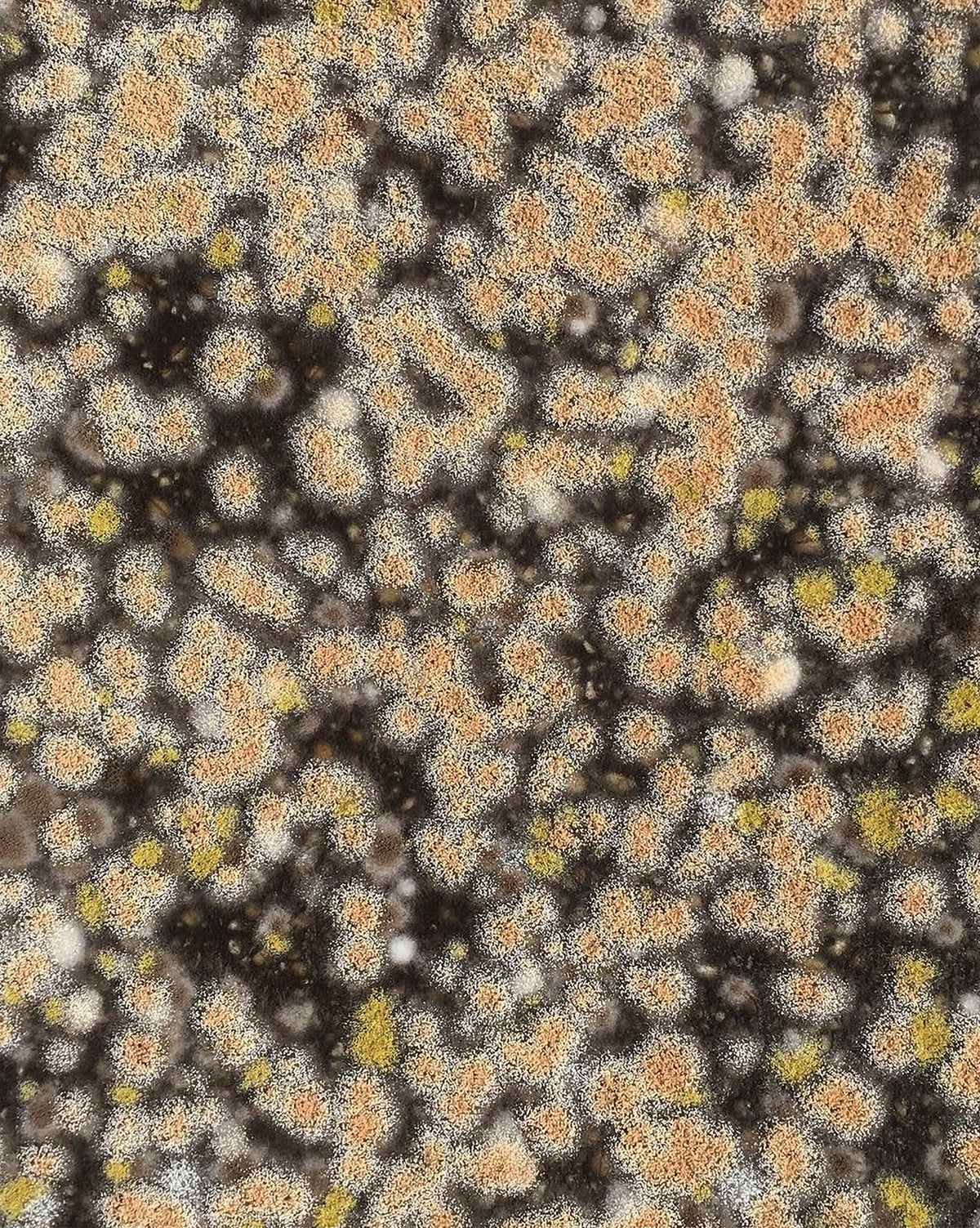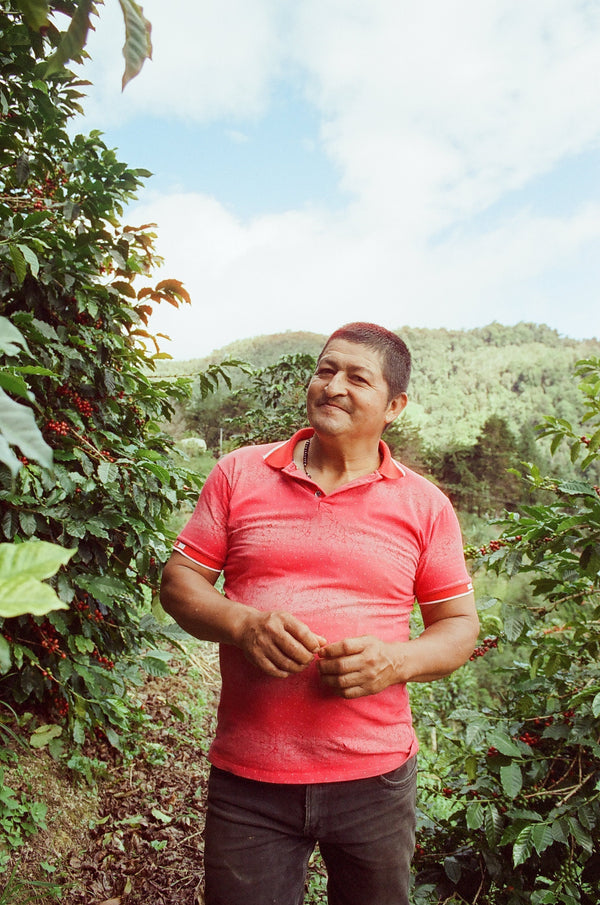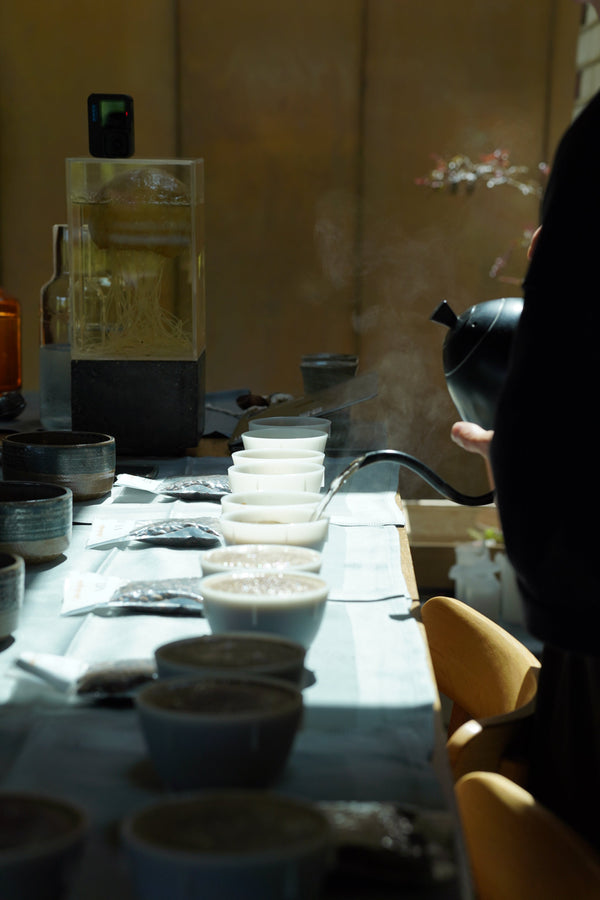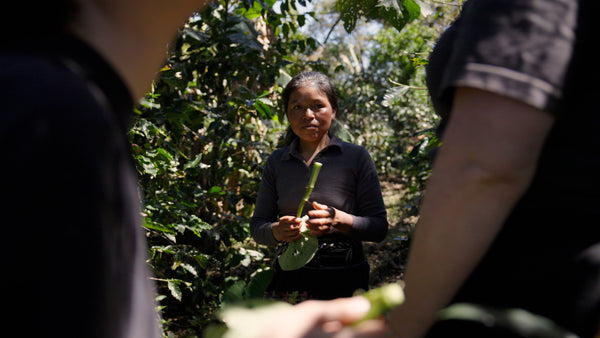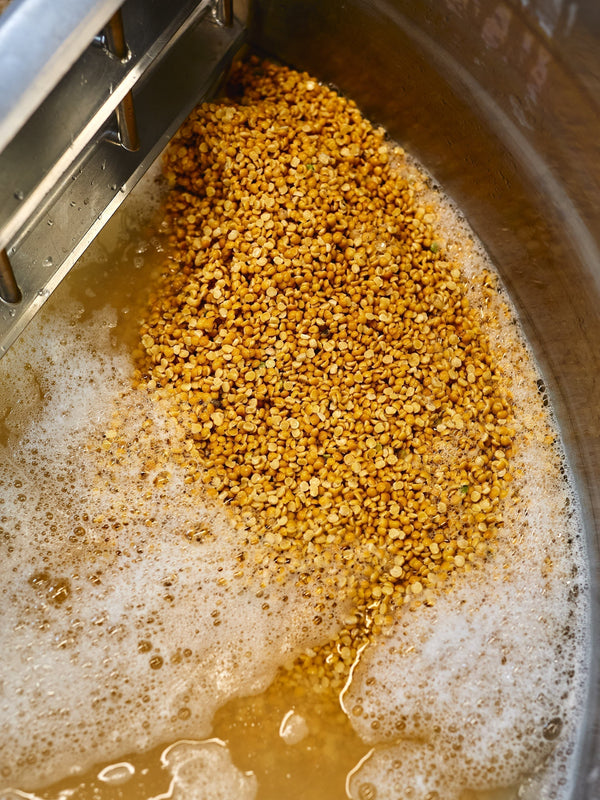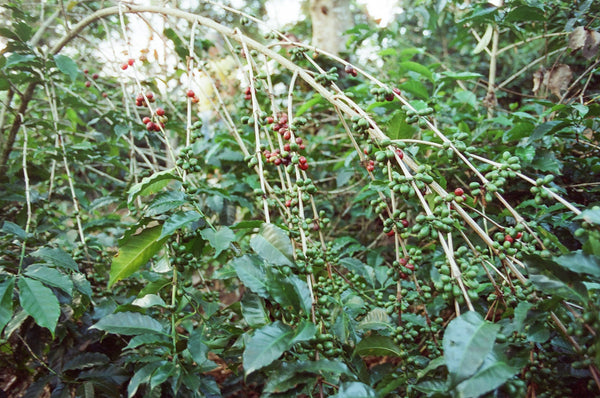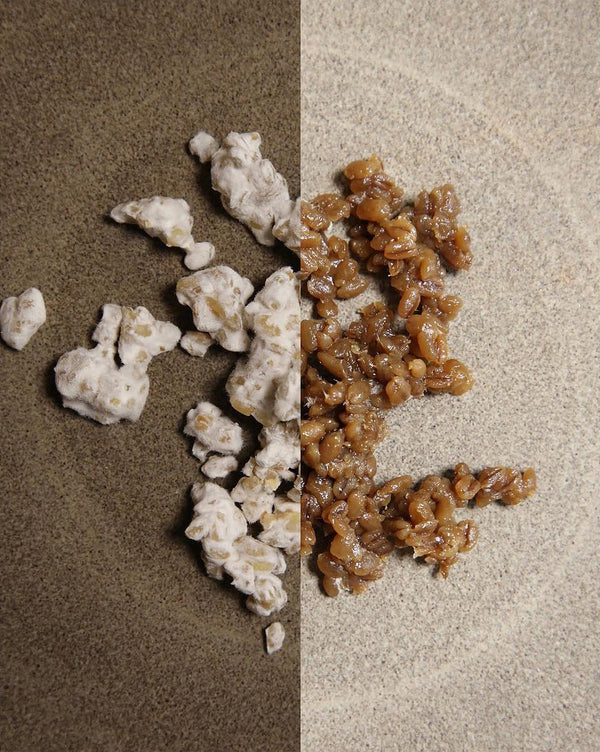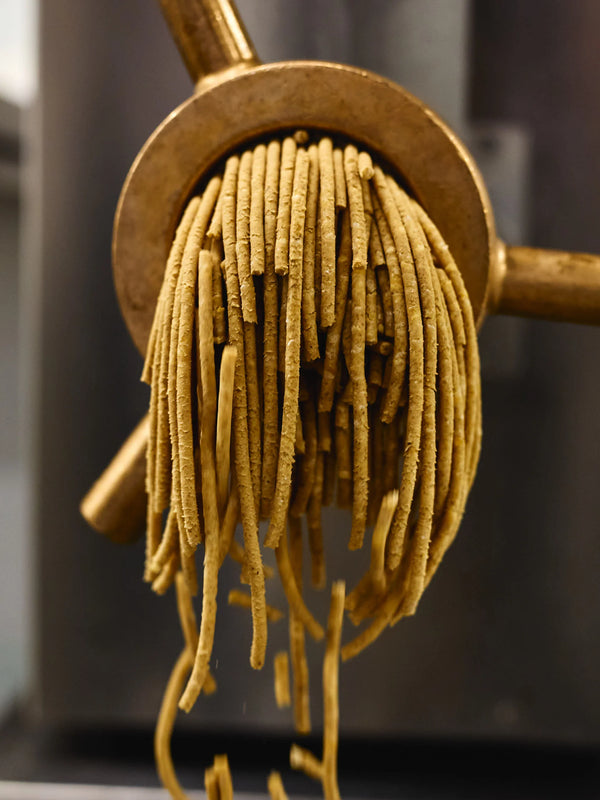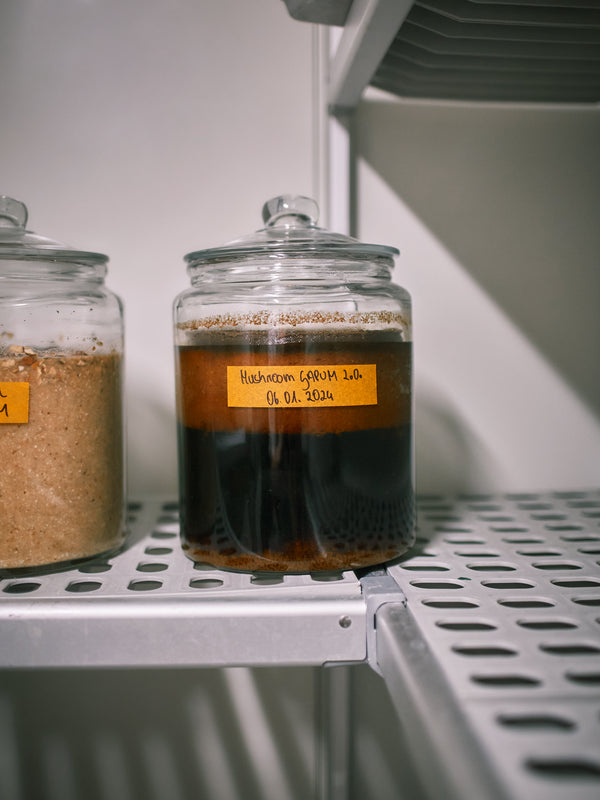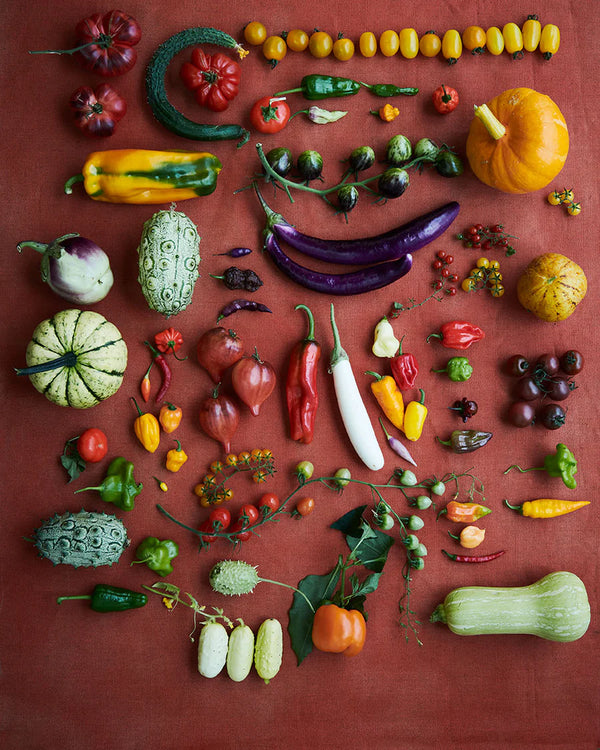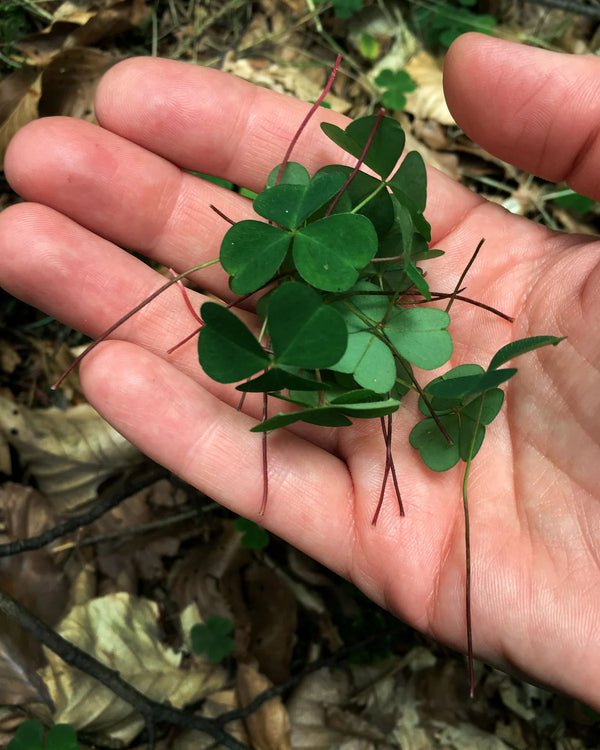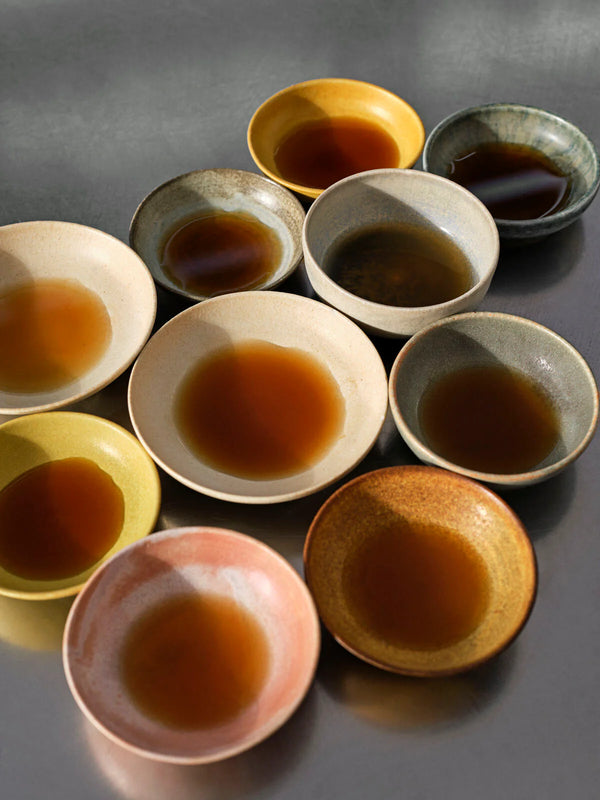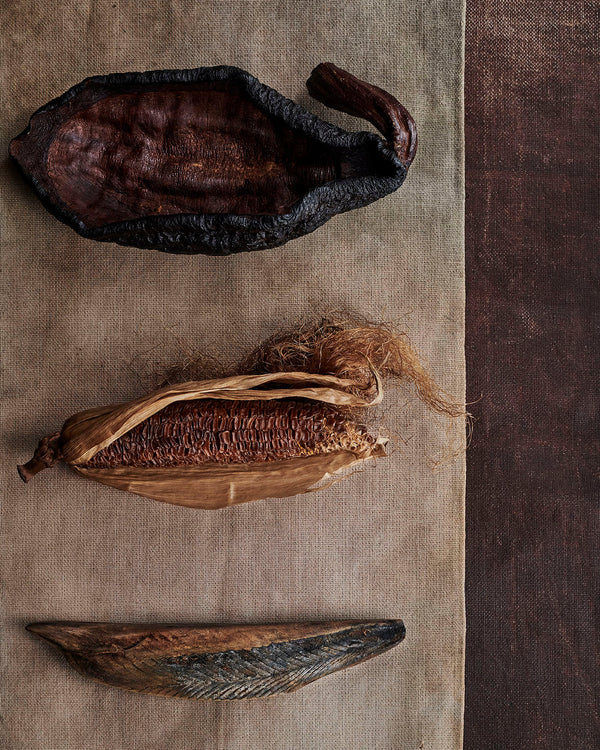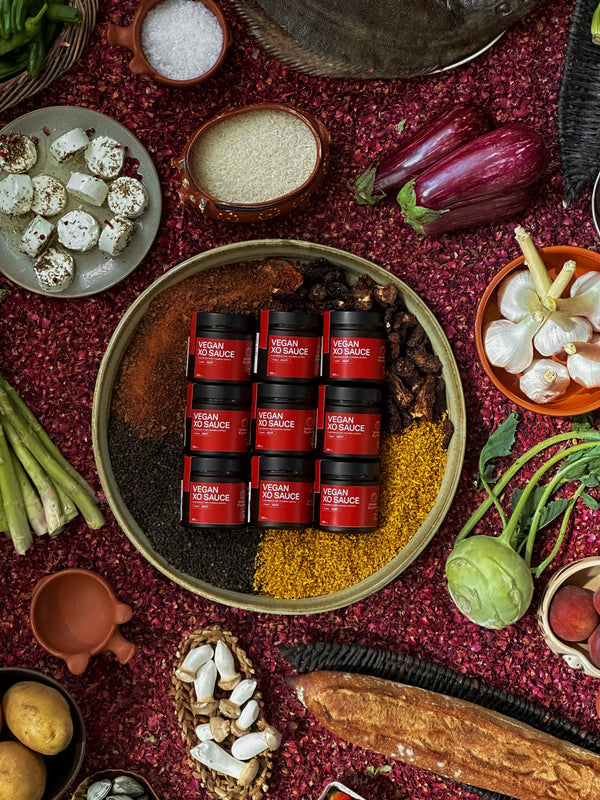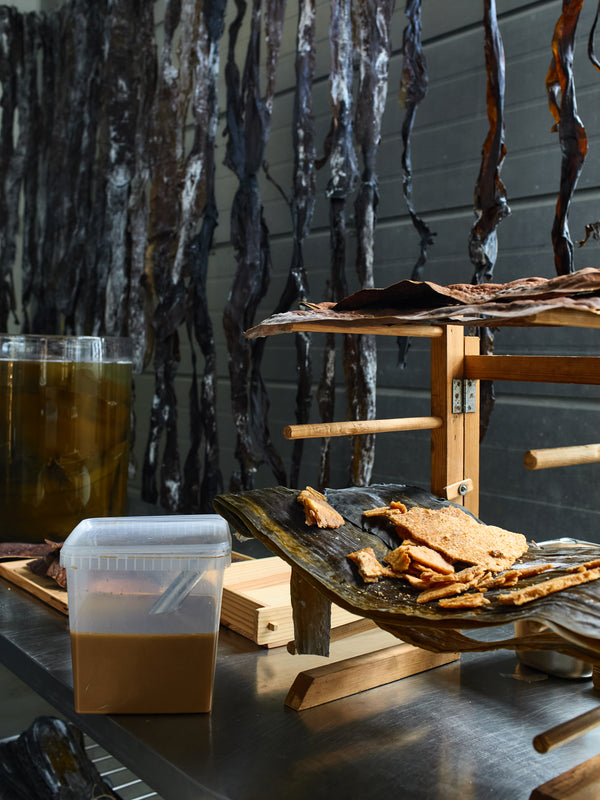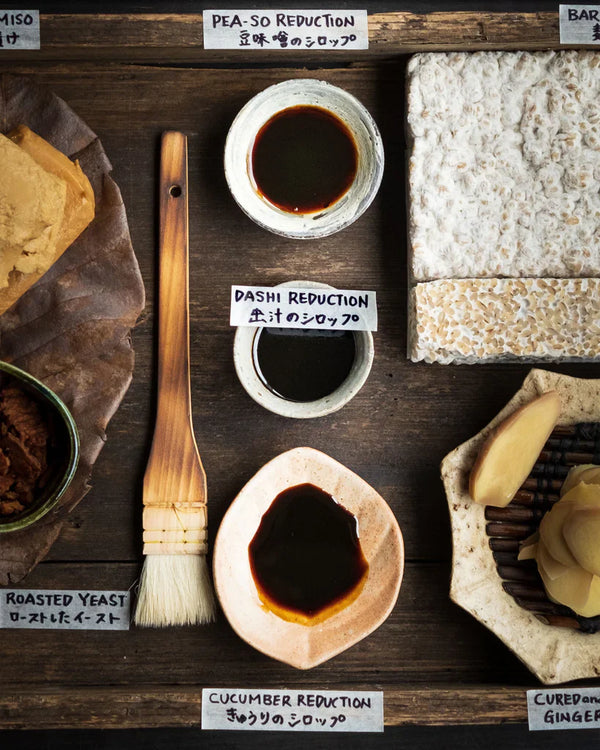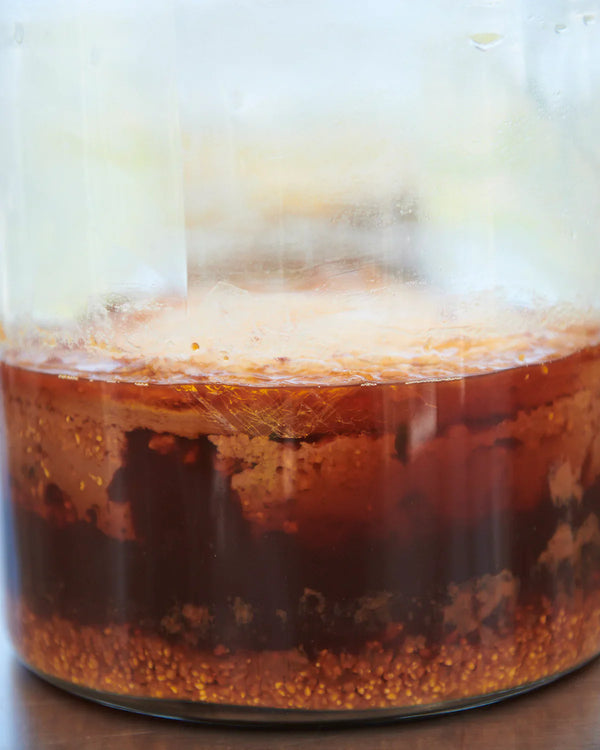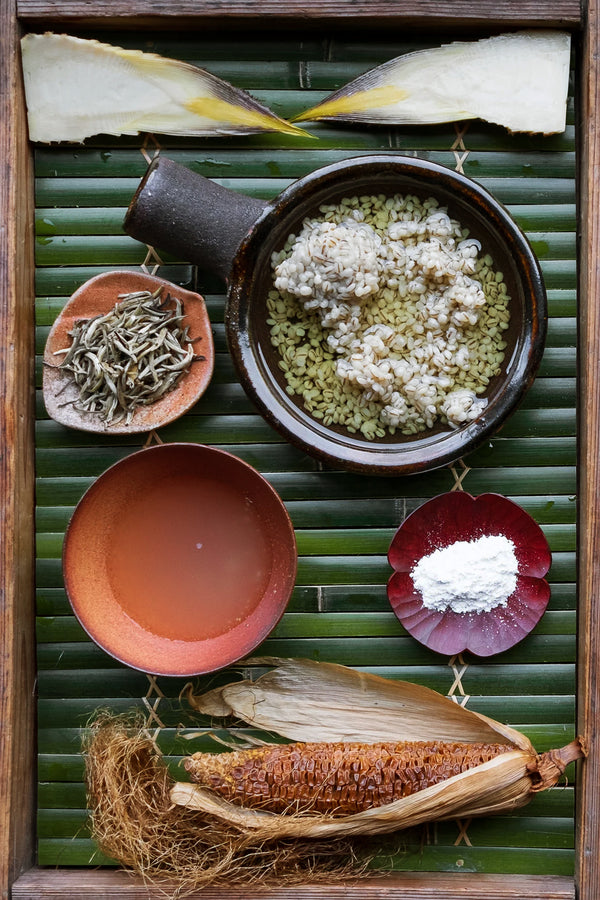Bacteria
Among the earliest forms of life, bacteria are single-celled organisms that are present in uncountable quantities in nearly every corner of the globe. Only a fraction are known to science. There are malignant bacteria that can produce toxins capable of killing much larger organisms. At the same time, there are billions of beneficial bacteria living on and inside of us. At the end of the day, the majority of them are harmless to us.
Lactic acid bacteria (LAB)
LAB are rod- and sphere-shaped bacteria that are present in abundance on the skins of fruits, vegetables, and humans. We use them for their ability to convert sugar into lactic acid, giving pickles, kimchi, and other lacto-fermented products their characteristic sourness. Because they produce lactic acid, they are able to tolerate low-pH environments. They are also halo-tolerant (salt-tolerant) and anaerobic, meaning they thrive in the absence of oxygen.
Acetic acid bacteria (AAB)
Like LAB, AAB are readily abundant rod-shaped bacteria, ever present on the surface of many foods. They generate the sharp sourness of vinegar and kombucha by converting alcohol to acetic acid. We often use them in conjunction with yeasts that first convert sugars into alcohol. They can tolerate the acidic environments they create, and require oxygen to create acetic acid, thus classifying them as aerobic bacteria.

Left: Lactic acid bacteria (LAB) | Right: Acetic acid bacteria (AAB)
Fungi
Fungi encompass a huge swath of life on earth, from single-celled yeasts to molds to gigantic puffball mushrooms. Multicellular, filamentous fungi like mushrooms and molds grow by gathering nutrients through tendril-like hyphae that together form a web-like system known as a mycelium, similar to the roots of a plant. They secrete enzymes through their mycelium, effectively digesting the food in their surroundings, then absorbing the nutrients from their environment.
Saccharomyces cerevisiae
An extremely handy species of yeast, Saccharomyces cerevisiae is responsible for three of humanity’s most important culinary pillars: bread, beer, and wine. Bountiful in the natural world, as demonstrated by producers of spontaneously fermented bread and wine, S. cerevisiae makes a living converting sugars into alcohol. It breaks down glucose to harness the chemical energy needed for its life processes, while producing carbon dioxide and ethanol as by-products. Different strains or subspecies are harnessed for their particular qualities, which can lead to wide variations in flavor. For instance, the strain of S. cerevisiae that is used in bread baking isn’t desirable for producing beer or wine. Yeast can survive and multiply in the presence of oxygen, but alcohol fermentation takes place anaerobically. Saccharomyces dies at temperatures in excess of 60°C/140°F.
Brettanomyces
A genus of long, cylindrical yeast, Brettanomyces is used in the production of beers with sour qualities because of its ability to produce acetic acid as a metabolite. Brettanomyces also occurs naturally on the skins of fruits, and can be purchased readily as “saison yeast.” It can survive in oxygen, but produces ethanol anaerobically. Like other yeasts, it cannot survive temperatures above 60°C/140°F.
Aspergillus oryzae
Perhaps the most important microbe in this book, A. oryzae (pronounced oh-RAI-zee) is the sporulating mold also known as koji. It’s been bred for hundreds of years to grow extremely quickly in hot and humid environments when given access to the plentiful starches in products like cooked rice or barley. (Generally speaking, 30°C/86°F and 70% to 80% humidity are ideal for Aspergillus; temperatures above 42°C/108°F will kill it.) Koji secretes the enzymes protease, amylase, and a small amount of lipase, which break down proteins, starches, and fats, respectively. We harness these enzymes in the production of our misos, shoyus, and garums.
Aspergillus luchuensis
A relative of Aspergillus oryzae, Aspergillus luchuensis (pronounced loo-CHOO-en-sis) metabolizes starches and proteins and produces citric acid as a by-product. It’s traditionally used to brew the bases of Asian spirits like Korean soju and Japanese awamori, as the distillation of the alcohol leaves the citric acid behind. Though it’s a lesser-known species, it’s extremely delicious.

Fungi: (1) Saccharomyces cerevisiae, (2) Brettanomyces, (3) Aspergillus oryzae, (4) Aspergillus luchuensis.
Enzymes
Enzymes are not microbes—they aren’t even alive—but rather biological catalysts that facilitate chemical transformations within organisms or organic matter. You can generally identify them by the suffix -ase, as in protease (an enzyme that breaks down proteins) and amylase (from the Latin word amylum, meaning “starch,” which breaks down exactly that). They are a class of proteins built through evolution to serve specific but different functions. Exactly how they work is rather complicated, but you can think of the ones featured in this book as a cross between keys and scissors. They’re keys in the sense that they are tailored to fit specific locks, acting on one organic molecule while leaving others alone; and they’re scissors in that they can cut ribbons into shorter lengths. Generally speaking, enzymes work most efficiently in warm, fluid environments, but if heated too high, they can be “cooked” to a point where they no longer function.

Beta-amylase is an enzyme capable of breaking down starches into their constituent sugar molecules.
—
To keep reading: Order your copy of the The Noma Guide to Fermentation today.







